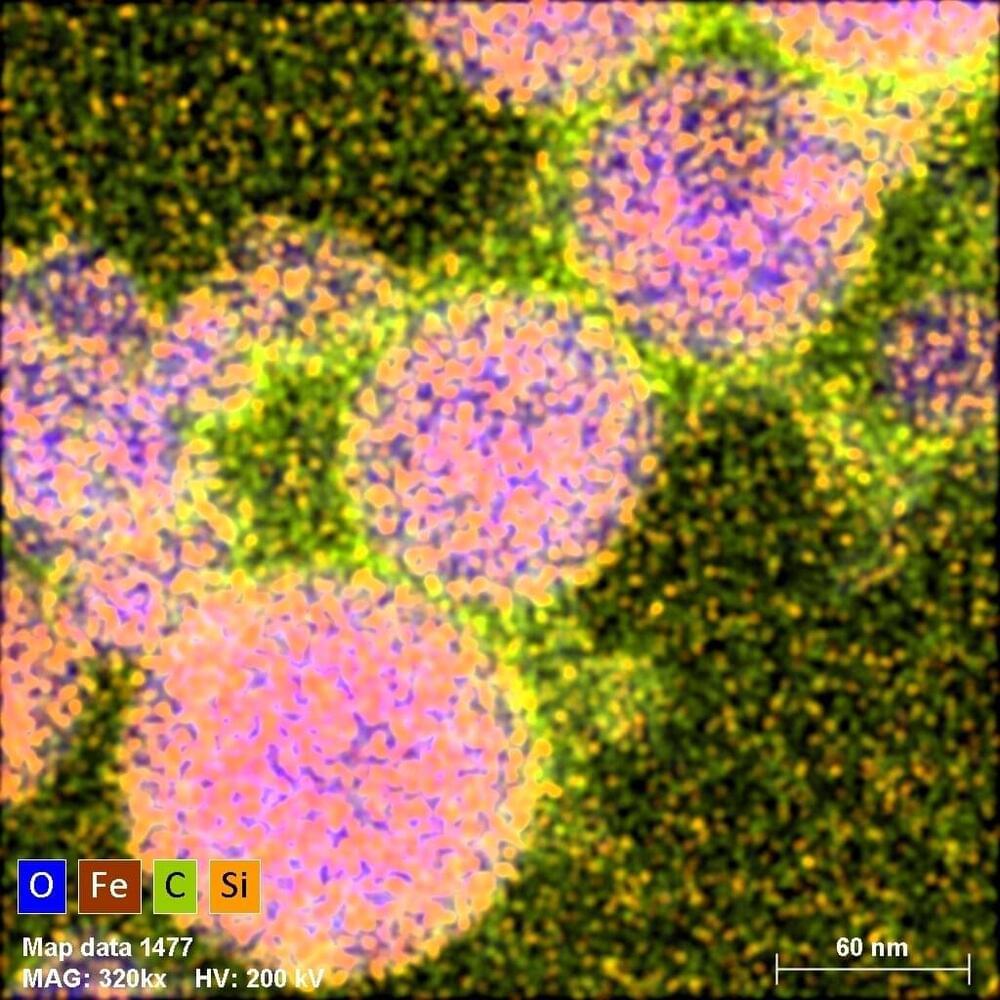Composite particles with submicron sizes can be produced by irradiating a suspension of nanoparticles with a laser beam. Violent physical and chemical processes take place during irradiation, many of which have been poorly understood to date. Recently completed experiments, carried out at the Institute of Nuclear Physics of the Polish Academy of Sciences in Cracow, have shed new light on some of these puzzles.
When a laser beam strikes agglomerates of nanoparticles suspended in a colloid, events occur that are as dramatic as they are useful. The tremendous increase in temperature leads to the melting together of nanoparticles into a composite particle. A thin layer of liquid next to the heated material rapidly transforms into vapor, and whole sequences of chemical reactions take place under physical conditions that change in fractions of a second. Using this method, called laser melting, scientists from the Institute of Nuclear Physics of the Polish Academy of Sciences (IFJ PAN) in Cracow not only produced new nanocomposites, but also described some of the poorly understood processes responsible for their formation.
“The laser melting process itself, consisting of irradiating particles of material in suspension with unfocused laser light, has been known for years. It is mainly used for the production of single component materials. We, as one of only two research teams in the world, are trying to use this technique to produce composite submicron particles. In this area, the field is still in its infancy, there are still many unknowns, hence our joy that some puzzles that perplexed us have just been unraveled,” says Dr. Żaneta Świątkowska-Warkocka, a professor at IFJ PAN, the co-author of a scientific article just published in the journal Scientific Reports.
